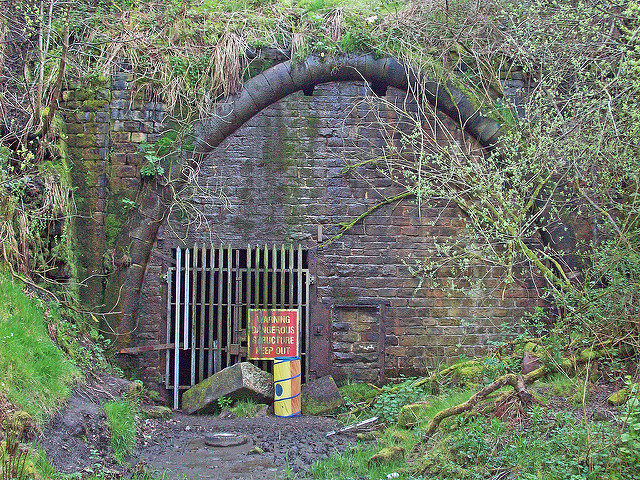One of the biggest engineering undertakings to be done in the English county of West Yorkshire, plans for the construction of the Queensbury tunnel were presented to Parliament in 1873.
Royal Assent was granted on August 5, but it took months of negotiations and debate. The construction was done by the Great Northern Railway (GNR).
GNR choose John Fraser to be the chief engineer of the project, while his son Henry was appointed resident engineer. The company that took care of the actual construction was Benton and Woodiwiss, known for their long years of collaboration with Great Northern Railway.
And so in May 1874, work began with the construction of the north shafts. The initial plan was to place eight shafts down the length of this tunnel.
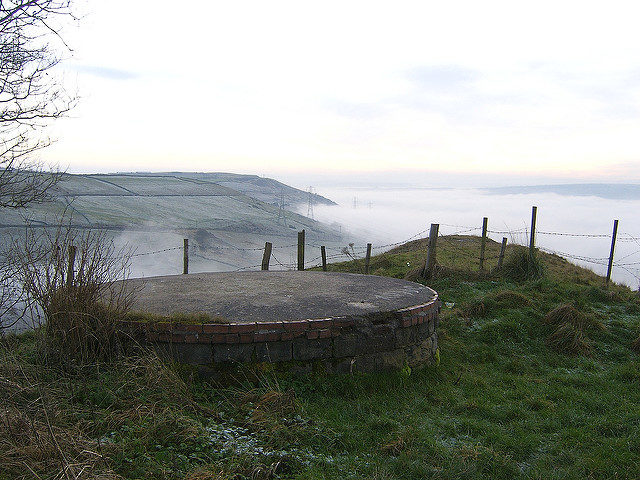
However, these plans were changed and shaft number seven was never completed. The construction contract clearly stated that the work needed to be finished in no more than two years.
But things do not always go according to the plan. During the construction, the workers had difficulties with the underground water table, which further delayed construction works.
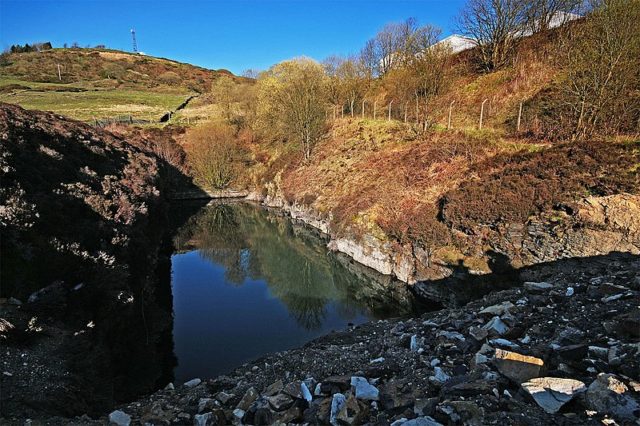
Such problems caused shaft number 5 to never reach its planned depth of 126 meters. In 1877, the Diamond Rock Boring Company, under the direction of Colonel Frederick Beaumont, decided to take things into their own hands.
He brought a drilling machine in an effort to speed up the construction of the pilot tunnels that started from shaft number four.
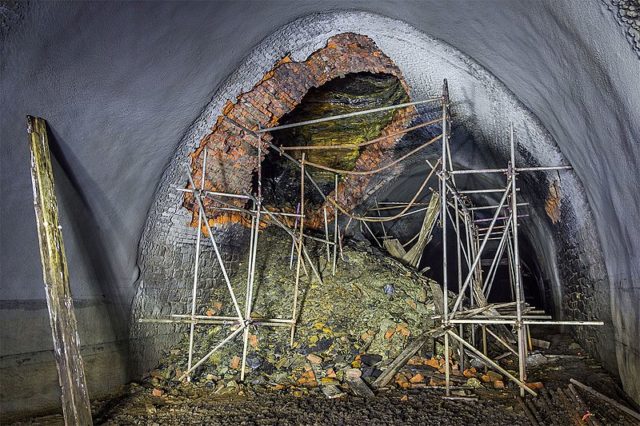
This machine improved the quality of the overall work and things moved as much as five times faster than they previously had.
They managed to tunnel to the other by the 2nd of October, 1877. But there was still much work to be done. The inside of the tunnel was completed in 1878.
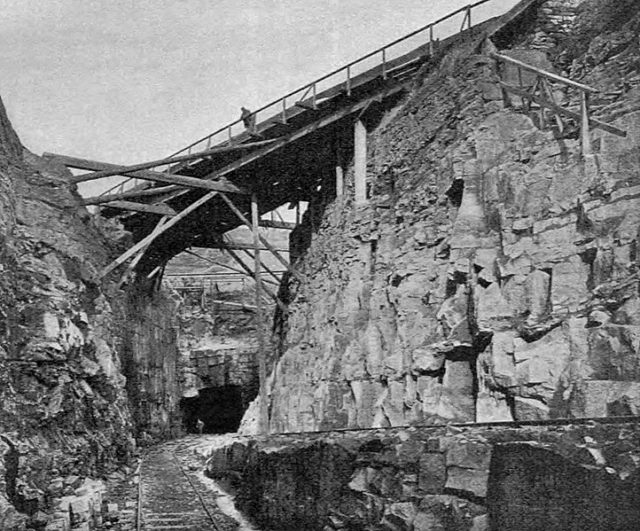
Following a small ceremony, Mr. Albrighton, the supervisor of the construction work, had the honor of inserting the last brick in the wall of this tunnel.
After the celebration, the Great Northern Railway took all of its 300 workers to a company dinner. However, boring a tunnel is never easy, especially in the days before modern technology.
According to company records, no less than 10 workers lost their lives trying to drill this tunnel. For instance, two workers, John Gough, aged 40 and Henry Jones, aged 39, died as they tried to retreat after the charges with explosives were set.
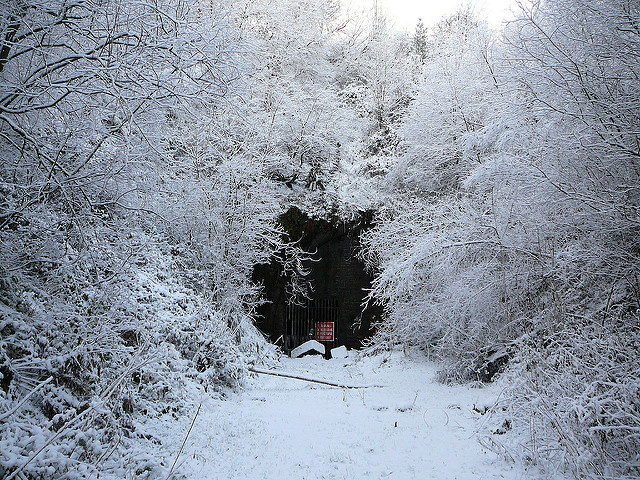
They never reached a safe distance and were blown apart. Another worker, Richard Sutcliffe, was killed when a cage fell from one of the shafts.
John Swire was killed when a wagon ran over him, and Henry Ingham drowned. The list goes on and on and includes the deaths of Sutcliffe Hodgson who was killed when he fell down from the top of a shaft.
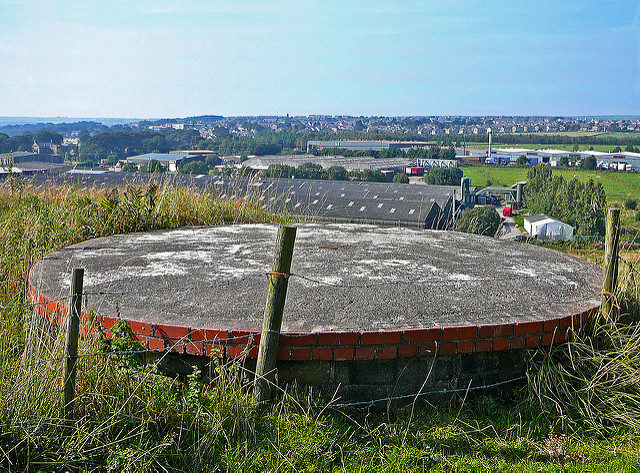
Richard Jones was killed when a rock fell on top of him, and Llewellyn Jones died from a tetanus infection after being injured in a huge explosion, and Frederick Goulding and John Swire, who were crushed by a wagon.
Finally, a man by the name of Captain Pickles that died when a large timber fell and crushed him to death.
But besides the deaths that occurred in this tunnel, there were also countless accounts of injuries both minor and major. For instance, a man named Sam Hirst lost his foot once a wagon ran over it.
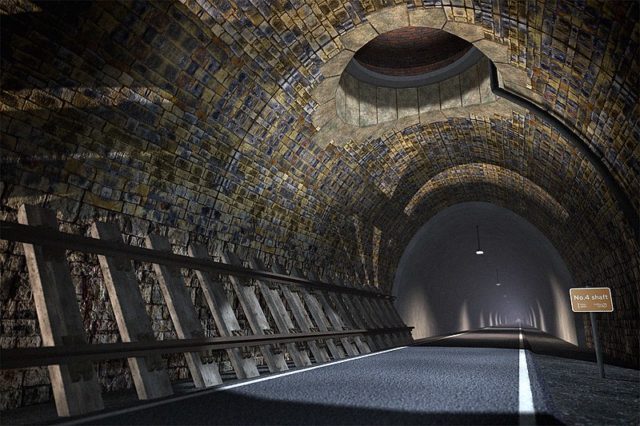
Following the end of the Second World War, the high cost of maintaining this tunnel forced the authorities to close it on the 28th of May 1956.
After the closure, there was a proposal to reopen the tunnel after extensive renovations and use it as a path for cyclists. For now, the fate of the tunnel is uncertain. Whether it will be renovated or abandoned remains to be seen.
